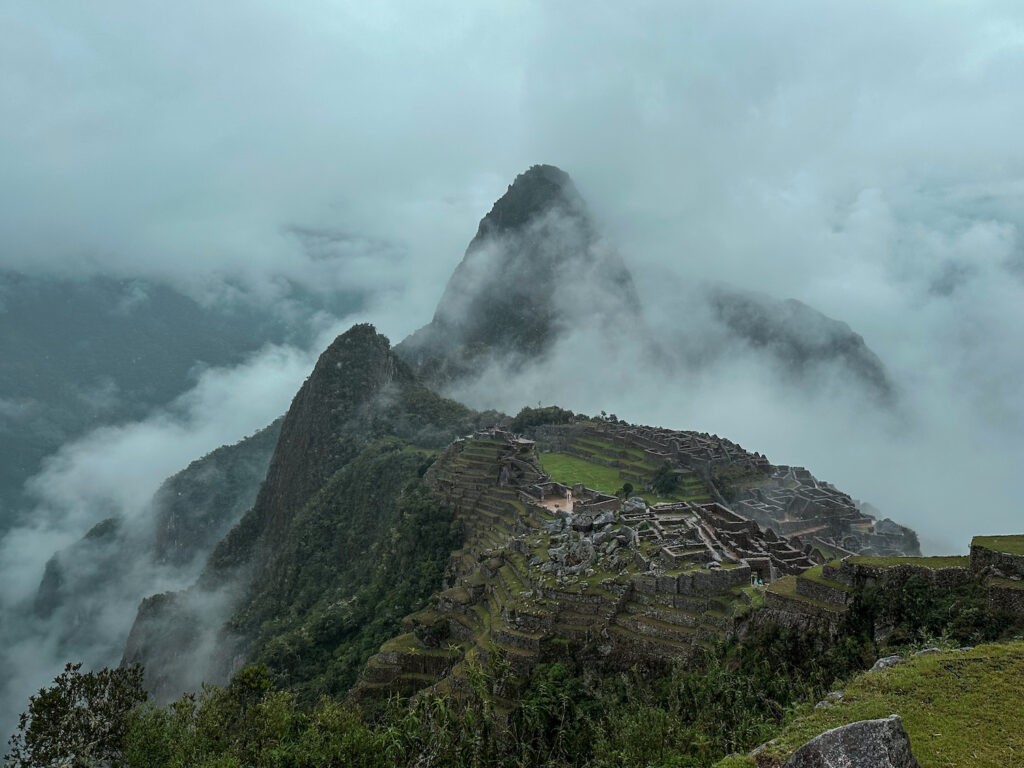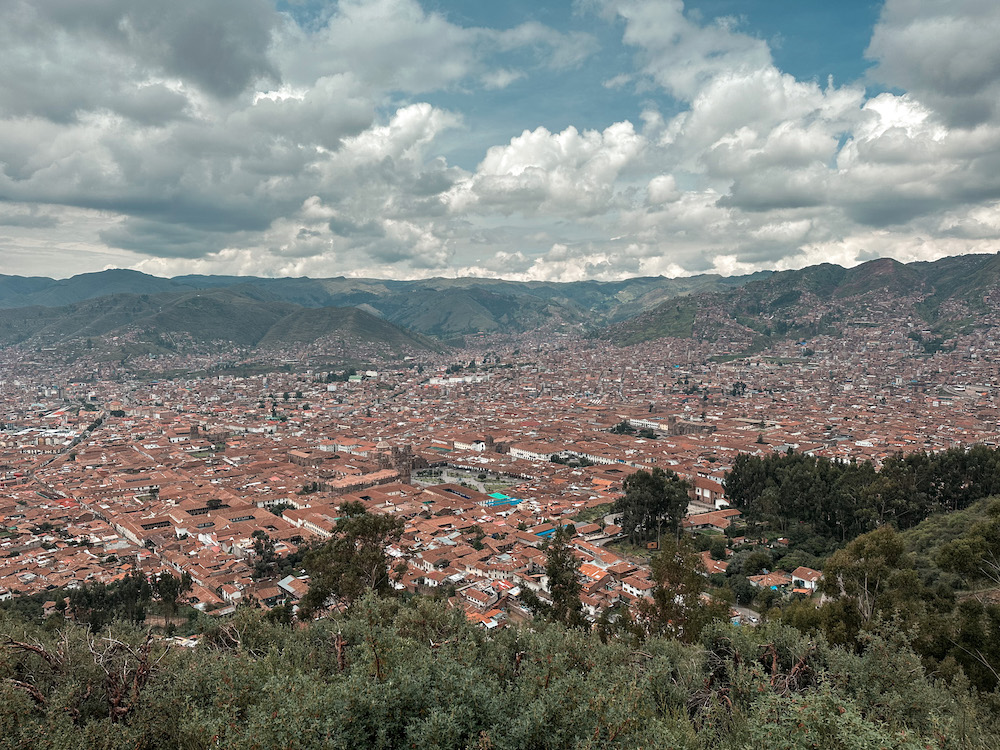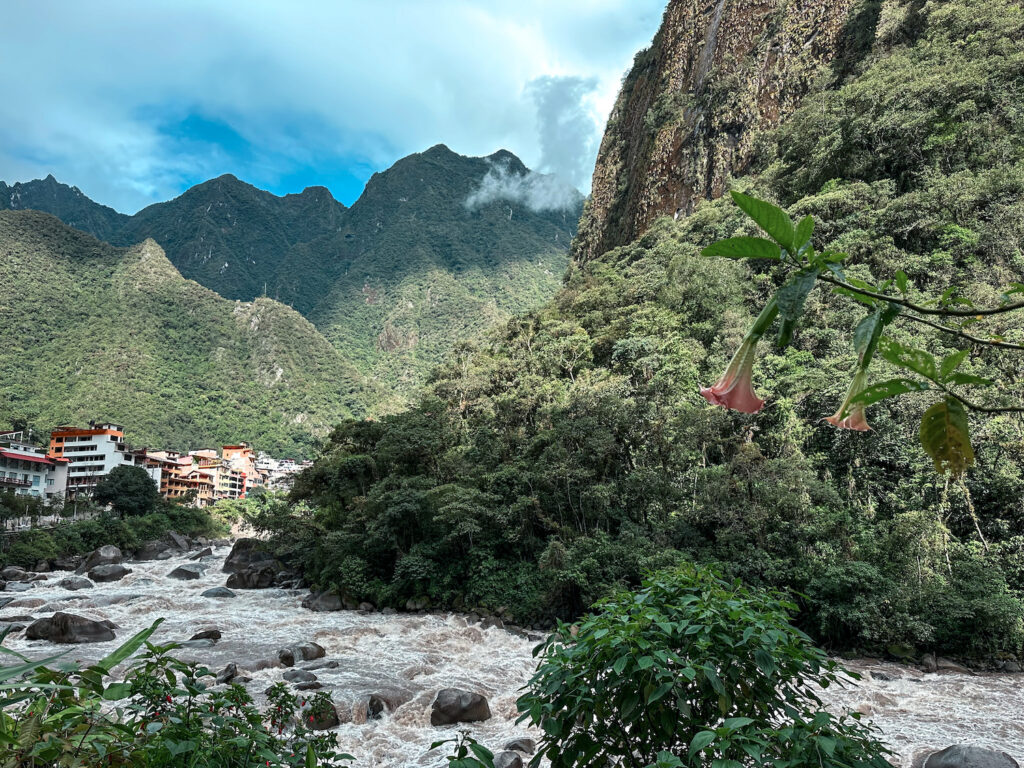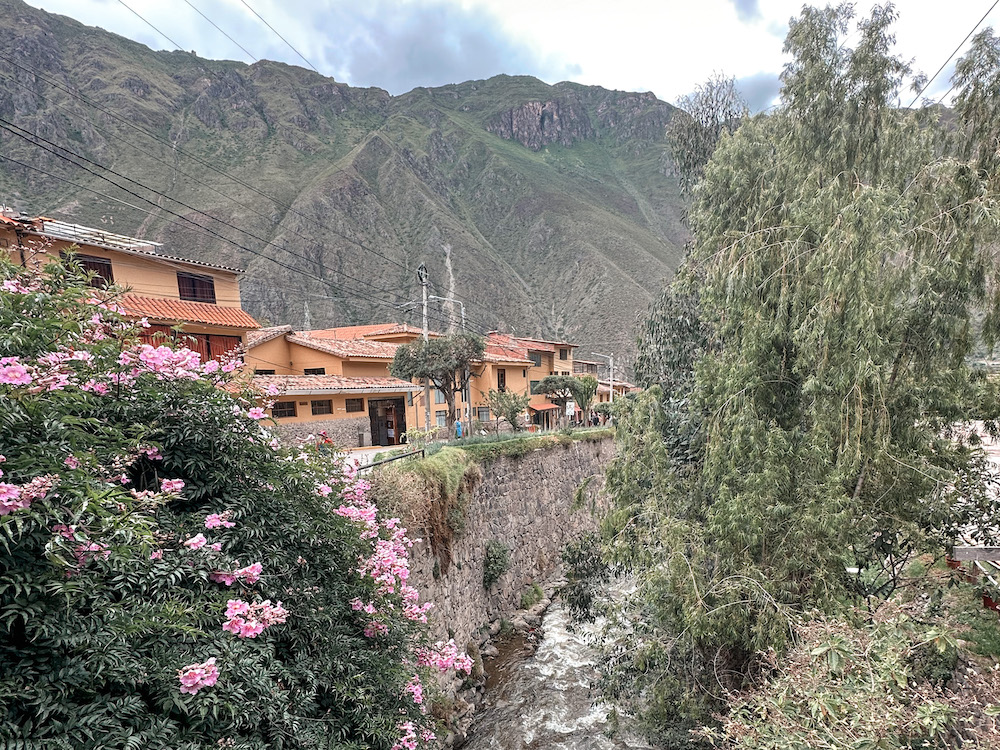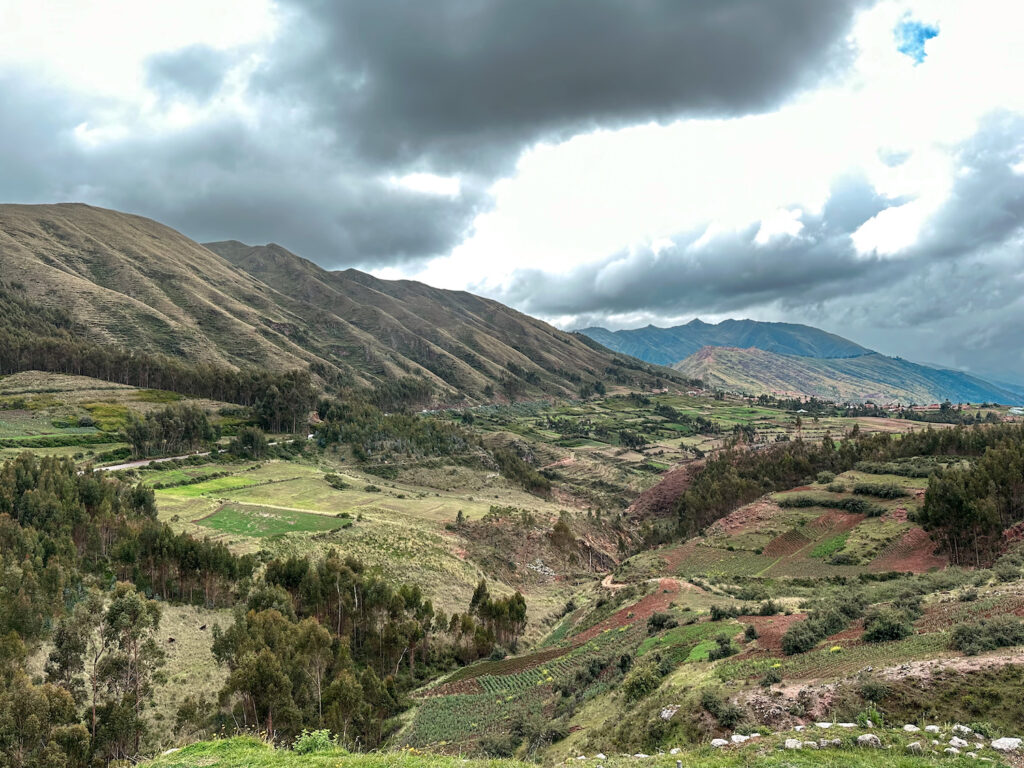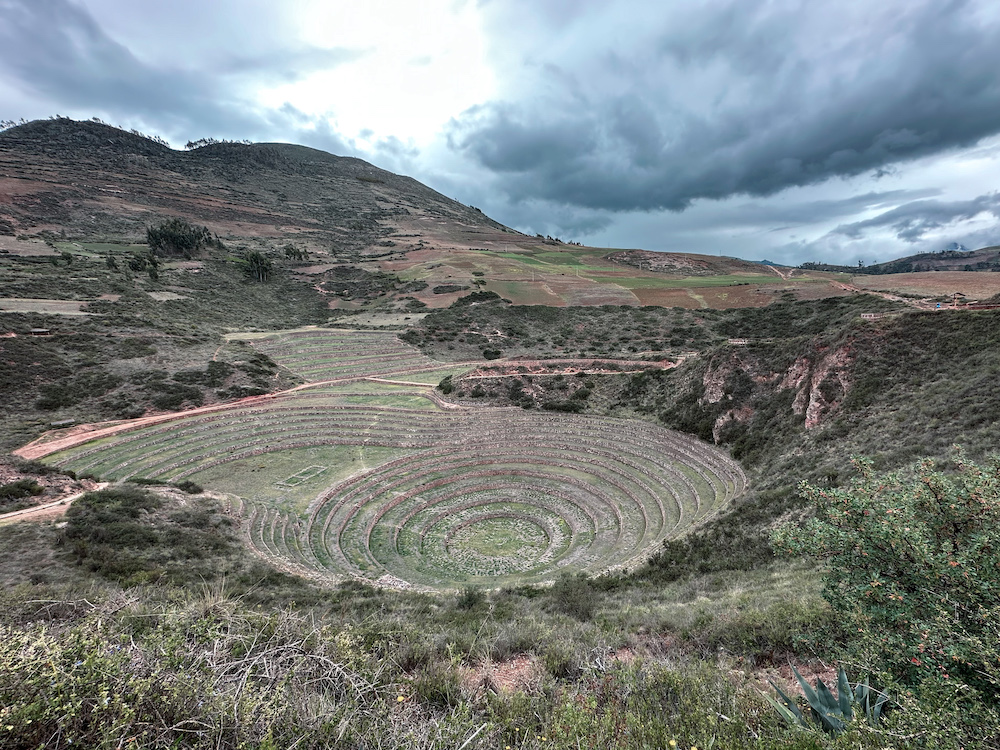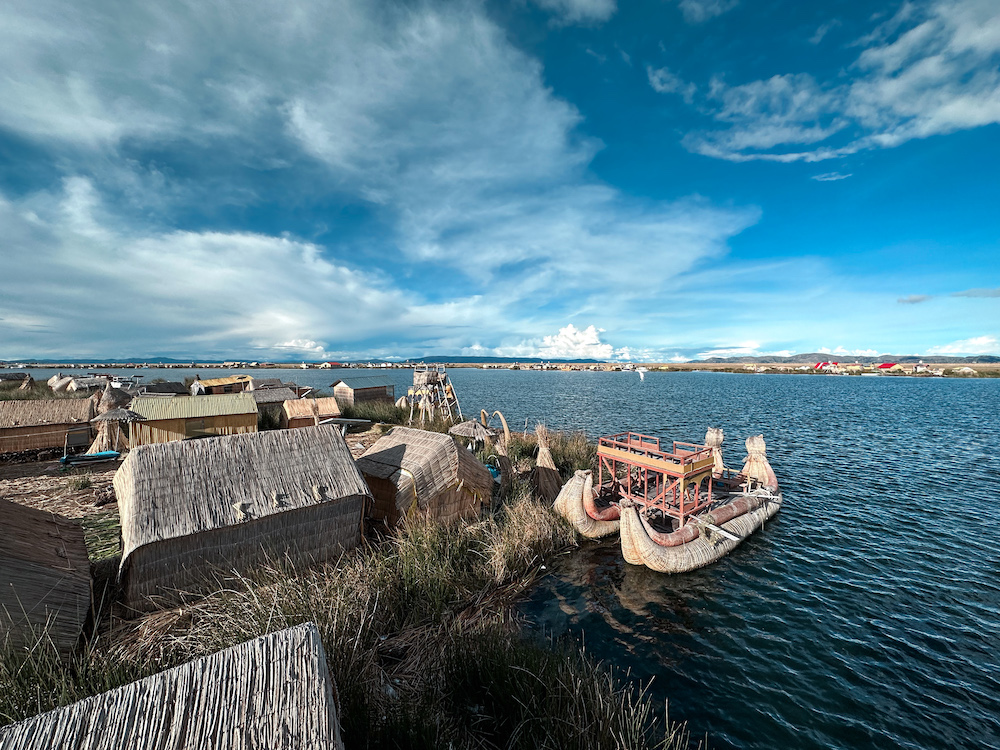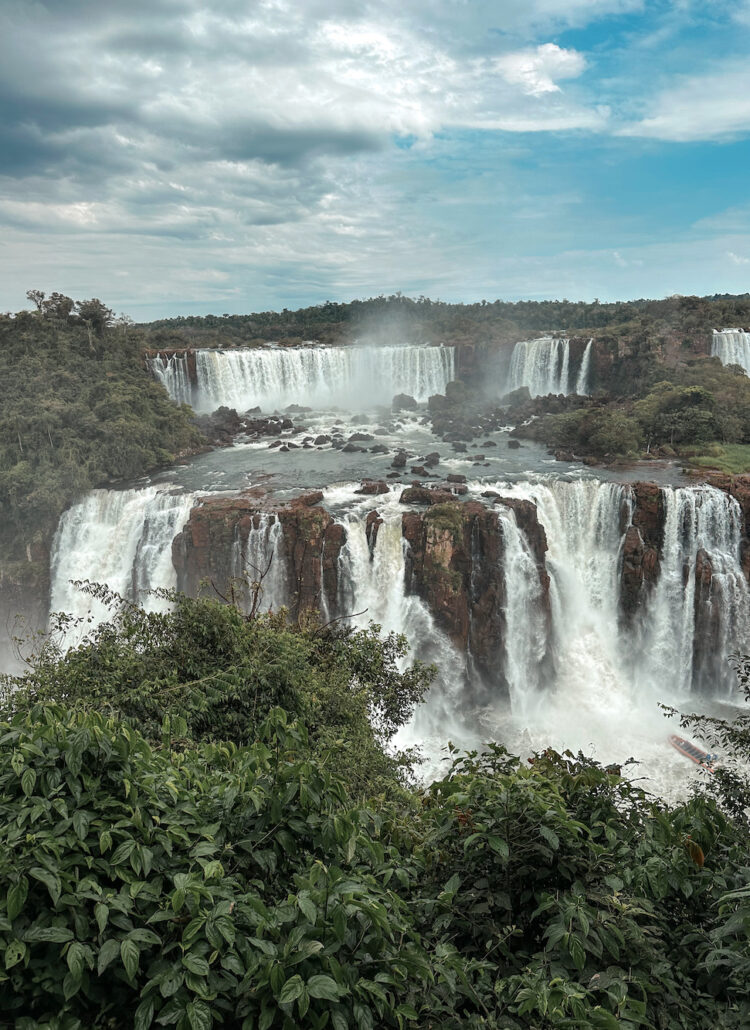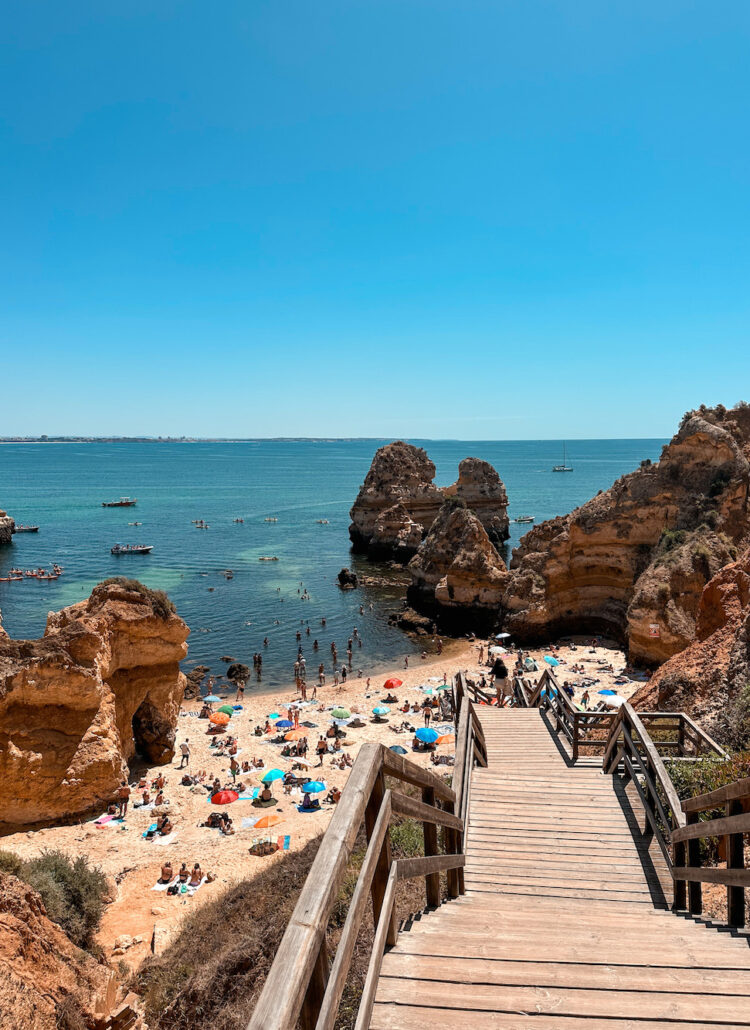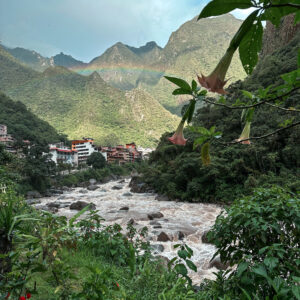How to Avoid Altitude Sickness in Peru
Are you wondering how to avoid altitude sickness in Peru? You’ve come to the right place!
I spent several months traveling in Ecuador, Peru, and Bolivia at varying high altitudes. Peru is a very popular destination for travelers, but many people aren’t prepared for the altitude!
Many of the top destinations in Peru are at a very high altitude because the Andes mountain range runs all the way through the country from north to south. Unless you stick to the low altitude coast or the Amazon jungle only, it’s very likely that you’ll spend at least some time at altitude on your trip to Peru.
You don’t want to waste time on your bucket list trip to Peru feeling sick because of the altitude, though, so it’s important that you know what altitude sickness is and how you can treat it.
Here’s everything you need to know about how to prevent altitude sickness!
What Is Altitude Sickness?
Let me preface this by saying that I am not a doctor and this is not meant to be medical advice — I just wanted to share my tips for dealing with altitude sickness from one traveler to another!
Altitude sickness is a condition caused by the lower oxygen levels available at a high altitude. You can start experiencing altitude sickness at elevations of around 8,000 feet (2,438 meters) and above. The human body can have difficulty adjusting to these reduced oxygen levels, leading to unpleasant symptoms.
These are the most common symptoms of altitude sickness:
- Headaches
- Nausea
- Vomiting
- Loss of appetite
- Fatigue
- Difficulty sleeping
- Lightheadedness
- Dizziness
The most common form of altitude sickness is known as acute mountain sickness (AMS.) Symptoms usually appear within a day of reaching high altitude. This is mild and nothing to worry about.
However, there’s a potential to develop two more serious forms of altitude sickness, high altitude pulmonary edema (HAPE) and high altitude cerebral edema (HACE). If your symptoms persist for several days and worsen to include things like trouble breathing even while resting, clumsiness, and changes in vision, you should seek immediate medical attention since HAPE and HACE can be deadly.
I don’t want to scare you, though — there were only 17 altitude sickness deaths recorded among over 10 million tourists in Peru in a span of five years, so it’s really not something to worry about. It’s also only likely to get severe if you ascend to an extremely high altitude very quickly without acclimatizing.
That being said, more than 50% of people experience AMS (the milder form of altitude sickness.)
Who Gets Altitude Sickness?
Anyone can get altitude sickness. If you’re coming from a lower altitude and you quickly ascend to a higher altitude (say, flying from Lima which is just above sea level to Cusco which is at 11,152 feet) you are at risk of developing symptoms of altitude sickness, usually within that first day of arriving.
As I mentioned earlier, being at any elevation above 8,000 feet can trigger altitude sickness, but quickly ascending to over 11,000 feet makes it extremely likely you’ll experience at least some symptoms.
Your fitness level or age have nothing to do with it.
I’ve heard of super athletic marathon runners being knocked flat by altitude sickness for days upon arrival in Cusco, while retirees in their seventies are just fine and don’t experience any symptoms.
I personally experienced mild symptoms (headaches and a slight nausea/loss of appetite) for about a day or two whenever I would arrive at a high altitude again after being at lower altitude for a while.
What Is the Altitude in Peru?
The altitude varies throughout Peru. Some destinations like Lima are just over sea level, while other destinations like the popular Rainbow Mountain are nearly the same altitude as Mount Everest Base Camp!
Here’s a look at some top destinations in Peru and the approximate altitude:
- Lima: 505 feet (154 meters)
- Aguas Calientes: 6,693 feet (2,040 meters)
- Arequipa: 7,661 feet (2,335 meters)
- Machu Picchu: 7,972 feet (2,430 meters)
- Ollantaytambo: 9,160 feet (2,792 meters)
- Huaraz: 10,013 feet (3,052 meters)
- Colca Canyon: 11,910 (3,630 meters)
- Cusco: 11,152 feet (3,399 meters)
- Lake Titicaca: 12,507 feet (3,812 meters)
- Puno: 12,556 feet (3,827 meters)
- Humantay Lake: 13,780 feet (4,200 meters)
- Inca Trail: 13,828 feet (4,215 meters)
- Rainbow Mountain: 16,522 feet (5,036 meters)
If you’re surprised to see Machu Picchu at such a relatively low altitude, you’re not alone!
Machu Picchu is actually at a far lower elevation than Cusco and much of the surrounding Sacred Valley. However, if you do the popular Inca Trail hike to reach Machu Picchu, you will face some serious altitude. The highest point along the trail is a whopping 13,828 feet at the notorious Dead Woman’s Pass.
How to Avoid Altitude Sickness
There’s actually nothing you can do to totally avoid altitude sickness.
More than 50% of people will experience at least some symptoms above 8,000 feet, and almost everyone who quickly ascends to over 11,000 feet will experience at least some symptoms.
The only totally effective way to treat mild altitude sickness is to descend to a lower altitude. You can relieve altitude sickness symptoms very quickly if you descend to below 8,000 feet.
You can also use supplemental oxygen. Many tour and activity providers and hotels in Cusco and the Sacred Valley will always have bottles of supplemental oxygen on hand for guests who need it. However, this is a temporary fix that will only provide immediate relief while you’re taking the oxygen.
Below I’m going to discuss some strategies for minimizing your symptoms. Even if you can’t completely avoid altitude sickness in Peru, there are steps you can take to feel a lot better!
1. Take time to acclimatize.
Many tourists fly straight from Peru’s capital Lima (which is positioned just above sea level) to Cusco (which is at an altitude of over 11,000 feet) and expect to hit the ground running. Don’t do this!
If you have the time, I’d recommend traveling from Lima down south the Arequipa, Peru’s second city. Arequipa is at an altitude of just under 8,000 feet so it’s a good place to start acclimatizing. Then when you get to Cusco, the altitude of over 11,000 feet won’t be as harsh as going straight from Lima.
Or, if you aren’t planning to visit Arequipa, you can arrive in Cusco straight from Lima but take a couple of days to acclimatize. Don’t think you can do the Inca Trail the day after arriving in Cusco, or a strenuous hike like Rainbow Mountain or Humantay Lake. You definitely want to take it easy at first.
During your first couple of days in Cusco, you can do some sightseeing in the city or take day trips to lower altitude places in the Sacred Valley. Save the high altitude activities for day three and later.
2. Drink LOTS of water.
One of the most important things you can do when you arrive at a high altitude in Peru is to drink lots of water. Staying hydrated is key in reducing the severity of your altitude sickness symptoms.
For the first few days, I’d drink double the amount of water you normally would at home.
Since you cannot drink the tap water in Peru and buying bottled water is a waste of money and not good for the environment, I highly recommend getting a filtering LifeStraw water bottle like this.
I used this for months in South America, including all throughout Peru. It automatically filters any tap water you put into it and makes it safe to drink. I can’t recommend this enough for travelers!
3. Avoid alcohol and caffeine.
Although you should drink lots of water, you should not drink alcohol or caffeinated beverages.
Alcohol actually increases your chances of developing altitude sickness symptoms, so you should definitely avoid it completely for your first few days in Cusco. It also dehydrates you even further.
The same goes for caffeinated beverages like soda and coffee. Personally, I have a Diet Coke addiction and I get headaches if I don’t have caffeine. So you might find that avoiding caffeine can make things even worse for you, especially if you’re already experiencing headaches from the altitude sickness.
So I still drank one Diet Coke a day, but I also made sure I was drinking tons of water.
4. You can try coca tea.
One more beverage to mention when it comes to altitude sickness is coca tea.
This non-caffeinated herbal tea is a popular remedy throughout the Andes for altitude sickness. It’s debatable if it actually works, but people have been using it for centuries, so it’s worth a try!
You’ll find coca tea all over the place in Peru. You can also chew coca leaves or eat coca candies. (Just don’t try to bring any coca products back to the United States with you because it’s illegal!)
5. Watch what you eat.
One symptom of altitude sickness is loss of appetite, so you might feel like eating less anyway, but if not, it’s a good idea to watch what you eat for the first couple of days you’re at a high altitude.
Digestion takes longer when your body is at a high altitude because of the lack of oxygen. You might want to eat a bigger lunch and a smaller dinner for the first couple of days to aid in your digestion. This can also help you sleep at night (trouble sleeping is another common symptom of altitude sickness.)
Carbohydrates are best for your body when you’re at altitude, so try to consume lots of rice, quinoa, and potatoes, as well as potassium-rich foods like bananas, avocados, sweet potatoes, and spinach.
6. Take ibuprofen.
Ibuprofen is an over-the-counter drug (AKA Advil, Motrin, and Midol) that can help alleviate altitude sickness symptoms, especially headaches and fatigue. I found this to be very helpful for myself.
I already take Advil from time to time when I get headaches, so I popped two Advil each morning for the first two days that I was in Cusco. After that, my symptoms subsided and I was fine for the many weeks I spent at a high altitude after that, including as I traveled onward through Peru and into Bolivia.
7. Consider prescription medication.
You can also take prescription medication to help prevent altitude sickness. I did not personally do this, but it’s something you can consider, although there can be some negative side effects.
The most common prescription medication for altitude sickness is called Diamox. Some people will start taking this a day or two before traveling to a high altitude to prevent altitude sickness symptoms. It can also be used to relieve symptoms once you’re actually at a high altitude. Sounds great, right?
The problem with Diamox is that it gives many people some unpleasant side effects like nausea, vomiting, diarrhea, drowsiness, numbness and tingling in your arms and legs, and ringing in your ears.
So the side effects of this can be just as bad as the symptoms of altitude sickness! However, if you are thinking about trying Diamox, you can talk to your doctor and get a prescription beforehand.
8. Take it easy.
Finally, the last piece of advice I want to give you is to take it easy and listen to your body. You should never feel like you need to push yourself too hard, especially when your wellbeing is on the line.
Take it easy when you first arrive at a high altitude and don’t get frustrated if you are experiencing symptoms. It’s totally normal and they will go away! Don’t be afraid to stop and take a rest.
Be honest with yourself about how you’re feeling. If you’re on a tour, let your guide know if you’re not feeling great, especially if you’re doing a high altitude trek or other strenuous activity.
How to Avoid Altitude Sickness in Peru
This guide showed you how to avoid altitude sickness in Peru.
While there is ultimately nothing you can do to fully prevent altitude sickness, these are the proven steps you can take to minimize the severity of your altitude sickness and have a more enjoyable experience.
As long as you follow the tips above, you can typically expect your altitude sickness symptoms to go away within a day or two after your arrival at high altitude and you will become acclimatized to it.
Enjoy your trip to Peru!
Related Guides:
